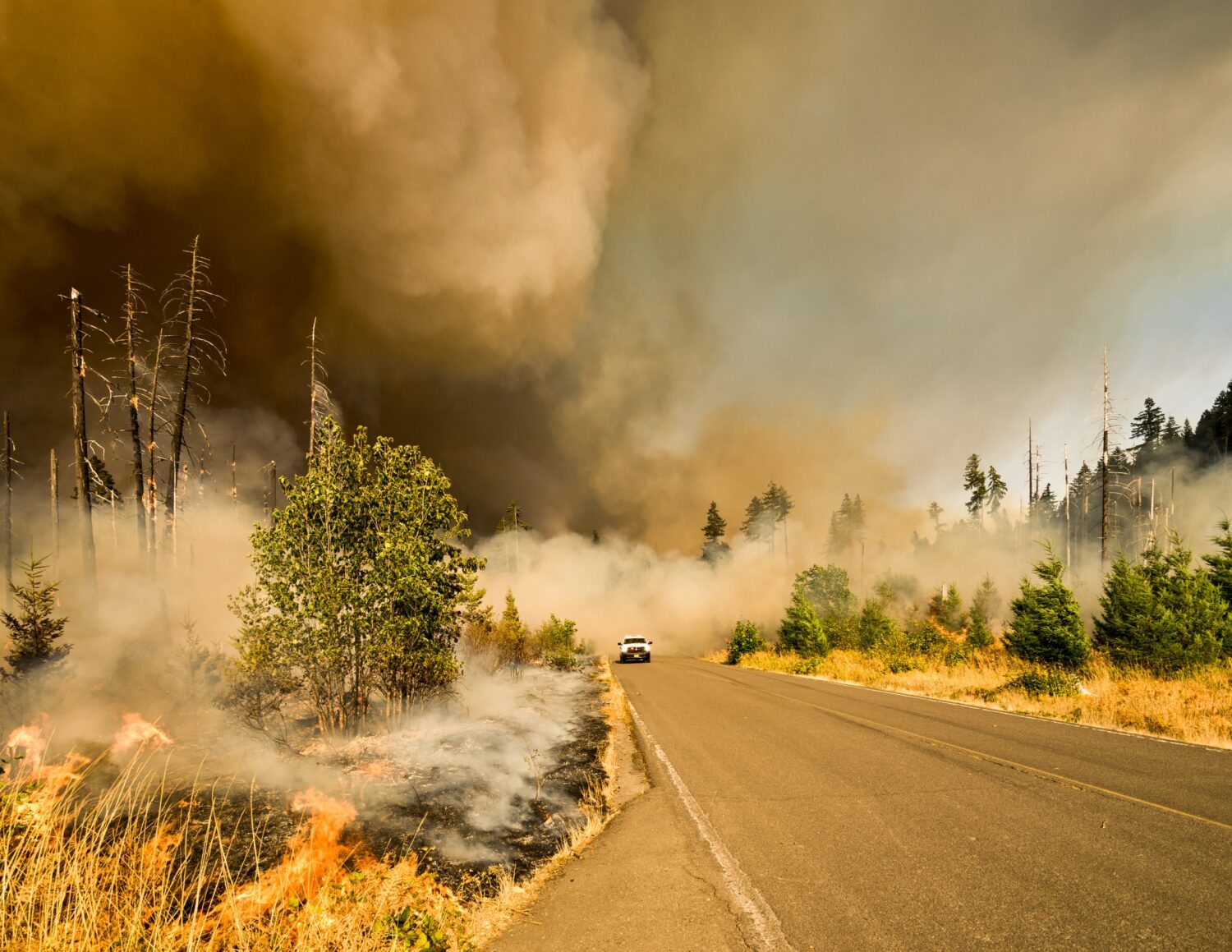Fires have seemingly taken over the West within the past few months, marking historic fire seasons for many states including Colorado. With increasing damage and land burned with each new wildfire, we can see now more than ever the drastic shifts being brought about by climate change and the need for effective climate policy.
Over the period of four months from July to October 2020, Coloradans have witnessed multiple wildfires surpass each other’s records — with three of the top four largest fires in Colorado history all having occurred in the 2020 fire season — leaving the clear mountain air thick and cough-inducing. In total,throughout the year of 2020, over 625,000 acres burned across the state, leading to evacuations, widespread highway closures and landscape destruction. By contrast, records showed that no single fire prior to 2000 had burned more than 10,000 acres. The 2020 fire season is a predictor of what to expect for the future: increases in acre burnage, wildlife destruction and potential lives lost.
Colorado’s fire season began on July 31 with the Pine Gulch Fire near my hometown of Grand Junction, Colorado. The Pine Gulch Fire burned 139,007 acres by the time it was contained on September 23, 2020, and in late August it became the largest fire in state history. Soon after, this record was topped in October by the Cameron Peak Fire, which burned 208,663 acres. Eventually, the Pine Gulch Fire would also be replaced as the second largest fire in Colorado history by the East Troublesome Fire, which burned 193,812 acres. Many of the major fires burned for long periods of time before being contained; the Cameron Peak Fire and the East Troublesome Fire were not contained until December, 2020.
Over the last decade, we have also watched California’s fires grow to record sizes with 3.2 million acres burned in 2020 alone. With this increase, there has also been an increase in destruction of buildings and lives lost as these fires have gotten closer to more highly populated areas. This immense level of fire destruction begs the question: Could California be an indicator of what is to come in Colorado?
One of the main contributing factors to the growing fires in Colorado and across the West is the extreme levels of drought this year. Over one-third of the West is defined as “extreme” or “exceptional” drought, signifying a severe lack of rainfall and moisture. Early warm temperatures in the year leading to early snowmelt, coupled with a lack of rainfall and low levels of snowfall have resulted in 100% of the state of Colorado being deemed as being in a stage of drought, the worst of its kind in eight years.
From record temperatures in eastern Colorado of 115 degrees Fahrenheit to Denver’s largest two-day temperature switch in October of a 64 degree Fahrenheit swing, it is apparent that the climate and weather patterns are changing. These changing patterns are a testament to the change of climate we are witnessing on a global scale as a product of manmade neglect of the environment. We must finally move toward substantial climate policy to prevent further changes that will threaten our livelihoods at a greater level. Otherwise, Colorado might soon see raging fires at the level we expect in California, and California might blow away our expectations of devastation in coming years.
Considering these drastic changes we are witnessing not only within Colorado but also across the nation and world, it is imperative that we take action now. Specific fire prevention methods are effective in the short term, but to actually prevent the pattern of worsening levels of destruction, climate policy is needed. In order to work towards national net zero emissions, it is important for local townships and communities to adopt emission goals. Widespread change can only occur when a vast majority of individual communities dedicate themselves to the cause for a better future.
As individuals, we can of course participate in controlling our individual carbon footprint as much as we can, but what will make the largest impact is to collectively work in our hometowns and home states to advocate for and bring about local climate policy regarding emissions, water waste and walkable cities. This includes building communities in which vehicles are not needed for most daily activities in order to reduce emissions on a local level until electric vehicles become more widespread.
Beyond the work that is needed in our local communities, it is essential to radically transform major industries and transition our national economy away from fossil fuels. Without these widespread changes, we will not be able to curb the high levels of pollution actively contributing to climate change and the resulting natural disasters.
With a drastically changing climate, as seen through increased fire devastation in Colorado and throughout the West, it is evident that climate policy is necessary. Scientists have testified to this, and activists have advocated for much needed changes for years. Yet, again we are still advocating for change without any significant action from local and national leaders. We have to push for radical climate agendas to transform our nation in order to protect it from increased risk of fire devastation and climate change as a whole.
Image by Marcus Kauffman is licensed under the Unsplashed License



